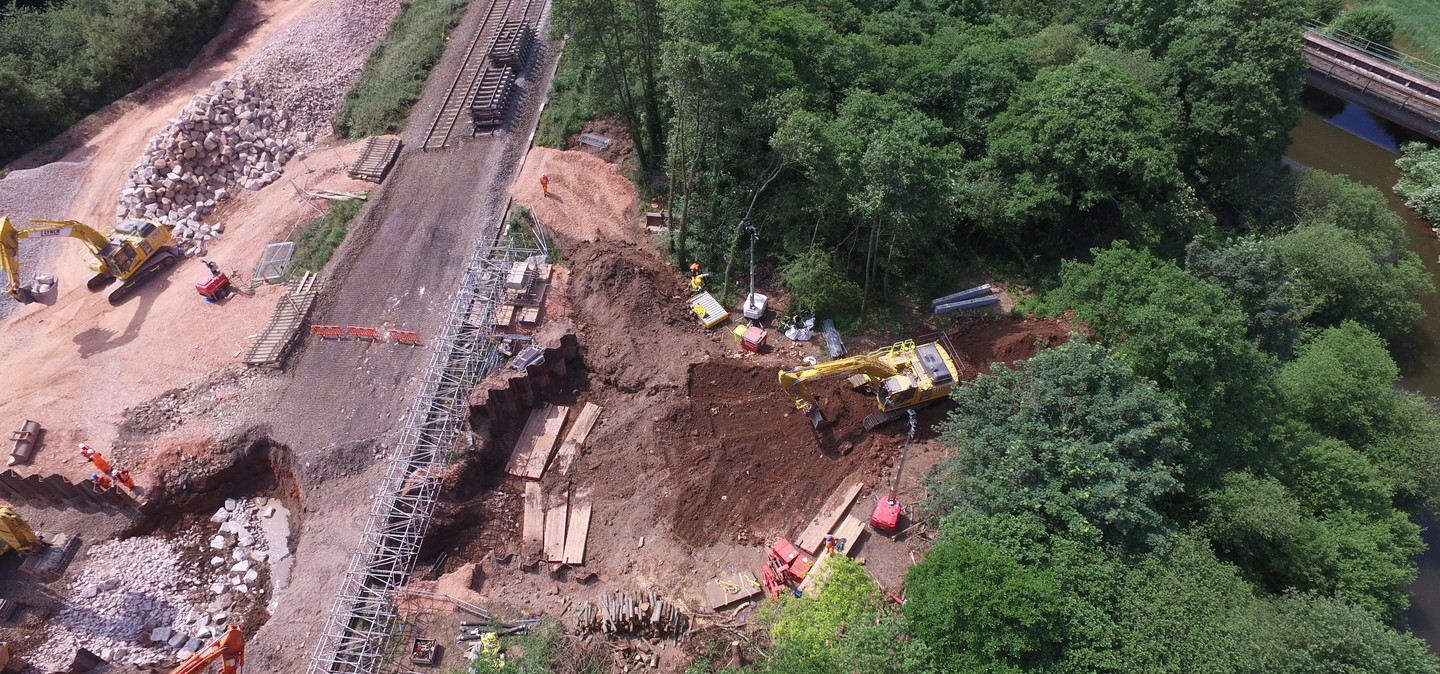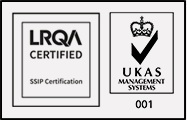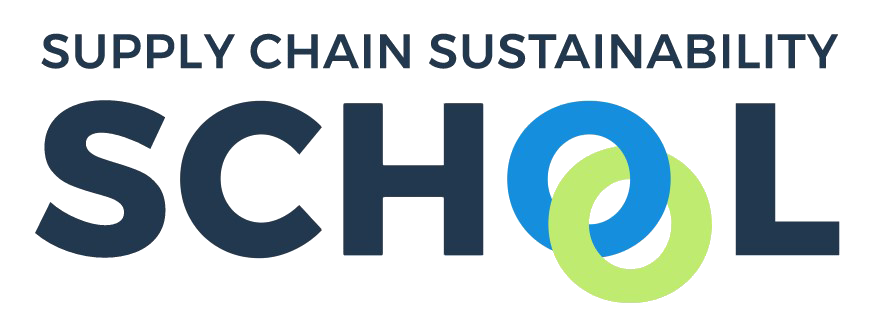Cowley Bridge Flood Alleviation
Cowley Bridge Junction Flood Alleviation Case study (PDF, 14.8 MB)
Project Overview
Suffering significant disruption with sporadic flooding over several years, AmcoGiffen was contracted to improve the flood resilience in and around Exeter’s Cowley Bridge Junction area.
As part of Network Rail’s wider enhancement programme in the South West for flood resilience, following the storms of 2014, our team was charged with the task of removing the main line track in an area prone to flooding, while remediating the inadequate ground conditions. This was undertaken prior to installing the 24 precast concrete chambers, with the use of an 80 ton excavator, before backfilling and relaying the track.
AmcoGiffen Scope of Works
Working collaboratively with the client, Network Rail, and our designer – Ove Arup - we successfully improved the flood resilience in and around Exeter’s Cowley Bridge Junction area – with the main possession taking place over a 75 hour blockade! In total, 1,300 tonnes of excavation was undertaken, 450 tonnes of ground stabilisation materials imported, and 600 tonnes of backfill used to recreate the embankment after installation of the box culvert units.
Our further scope of works included:
• A value engineering process during the modelling application and detailed discussions with Network Rail and the Environment Agency
• Twin culvert design, consisting of 12 box units –with a new flow capacity of 5000 litres per second
• Topographical surveys and hydraulic modelling
• Ground stabilisation trials
• Installation of 2 new flood relief culverts, 70 metres of track, river embankments & spillways
• Repointing to another culvert
Drastically improving the flood resilience and safety of the Great Western main line, Network Rail, AmcoGiffen and Ove Arup worked collaboratively to deliver results that will benefit travellers, local environments and the surrounding communities for years to come
Innovation Applied
Dedicated to safety and sustainability, 6000T of aggregate was imported for haul roads. It was planned that a proportion of this material would be used to form a bund on site to guide water through the new flood relief culvert, whilst the remaining material was transferred to a number of local landowners who held U1 exemptions for improving their site infrastructure. This resulted in a considerable reduction in lorry movements (circa 315 lorry loads) through the local villages, thereby reducing the project carbon footprint and considerable reductions in waste produced.
The use of 2 solartainers at our site reduced our carbon footprint by 90T CO2eq based upon an equivalent 2 100kVA generators running at each site compound.
This project was awarded a NR STAR Award (2 Stars) in 2018
Benefits Provided
Ensuring heightened resilience against once-frequent flooding, we have provided significant protection for the railway, travellers and the surrounding communities. The project team estimates that a severe event, maybe closing the railway, will now occur only once every 10 years instead of once every two years – which is a fantastic improvement of 80% greater resilience. The flow capacity of the new culverts is 5000 litres per second.
Ensuring a much safer and more efficient operational railway, our works have further facilitated an increase in tourism and trade, along with alleviating the continual worry of our lineside neighbours.
Posted in Rail | Environmental | Infrastructure






















0 Comments
Please leave a comment using the form below